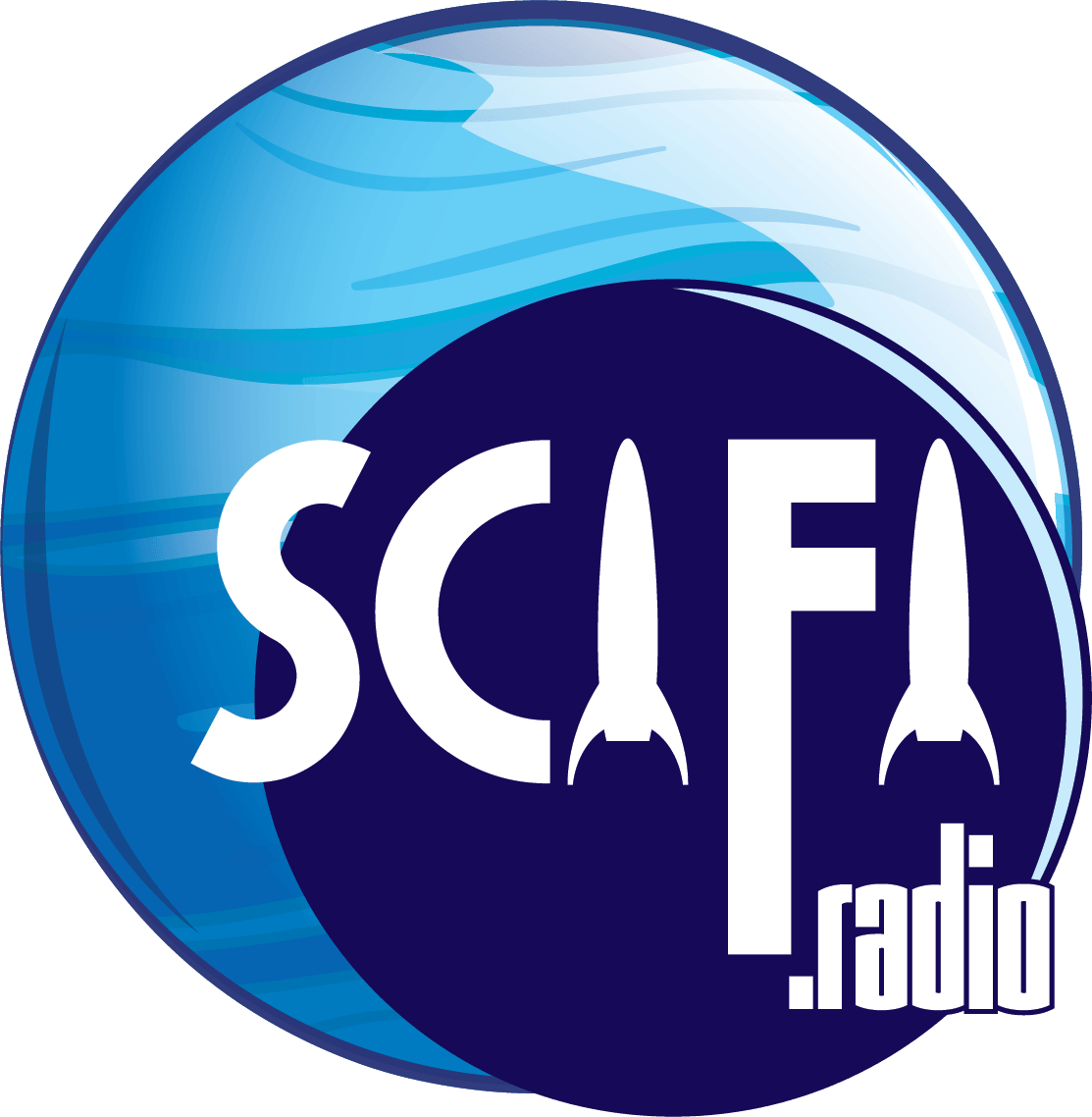Disney+ spent a lot of money to get The Mandalorian, the first live-action Star Wars series, to TV, yet they still had to be a little more conservative with the budget than they are with the feature films. Instead of building massive sets, Lucasfilm is utilizing new technology called “Stagecraft” that uses giant LED display screens to create an immersive environment that essentially works as an real-time dynamic green screen.
The image above shows a wide-angle view of Stagecraft being utilized in the opening scene of The Mandalorian from the first episode. As you can see, the screen surrounds the entire set and allows the crew to shoot from any angle. The technology allows the screens to change how the environment looks based on how a scene is being shot, including the lighting.
The sets are built in software and controlled in real time using the Unreal Engine, normally used for creating computer and console games.

Lucasfilm’s Kathleen Kennedy spoke about how using this realistic technology saves tons of time and money for location shoots. “It means that if you want a big establishing shot in Iceland, and you don’t want to take 700 people, spend four months prepping a set because you only want to do the establishing shot and you can bring everything back to shoot interiors on a stage, that becomes very meaningful on big, huge projects and small projects,” Kennedy said at a “Women of Lucasfilm” panel.
It’s not just landscapes where the Stagecraft screens are helpful. In this shot from the sixth episode of the series, you can see the busy background of the docking bay on Ranzar Malk’s ship. Parts are strewn all over the place, and sparks fly from people fixing their ships. It would take countless props and crew members to bring that set to life in the real world. But here, it’s all created digitally, with the assistance of physical foreground pieces to help blend the real with the digital.
The Stagecraft technique is even used for some shots of the Razor Crest in space. Again, a completed practical ship isn’t needed, the screens allows the camera to move around the cockpit of the ship without having to worry about replacing a green screen in post-production with visual effects.
This kind of tech is truly a game changer. It’s not something everybody can do today, since it’s expensive – the LED screens used cost upwards of a million dollars – but it will only gets cheaper and more efficient over time. As the technology becomes easier to replicate, this could not only make blockbuster production less risky, but it could allow independent productions to pull off high production quality without breaking the bank. We’re interested to see how this evolves.
In the meantime, Unreal Engine is already being used on a smaller scale by production companies to do both previsualization (setting everything up in rough form so camera and lighting directors can figure things out before money is spent to build things in the real world) and in producing actual film and television footage directly.
The software used began as a development platform for Epic Games to create their own games, the first of which was the game Unreal, first released in 1998. It has since been used in close to 600 professional games, and thousands of smaller projects.
If you’re technically or creatively inclined and you want to try Unreal Engine for yourself, you can. It’s a free download. Who knows? The next generation of visual effects professionals may include you.
-30-
David Raiklen wrote, directed and scored his first film at age 9. He began studying keyboard and composing at age 5. He attended, then taught at UCLA, USC and CalArts. Among his teachers are John Williams and Mel Powel.
He has worked for Fox, Disney and Sprint. David has received numerous awards for his work, including the 2004 American Music Center Award. Dr. Raiklen has composed music and sound design for theater (Death and the Maiden), dance (Russian Ballet), television (Sing Me a Story), cell phone (Spacey Movie), museums (Museum of Tolerance), concert (Violin Sonata ), and film (Appalachian Trail).
His compositions have been performed at the Hollywood Bowl and the first Disney Hall. David Raiken is also host of a successful radio program, Classical Fan Club.










